The 10 Coolest Flash Storage And SSD Products Of 2014
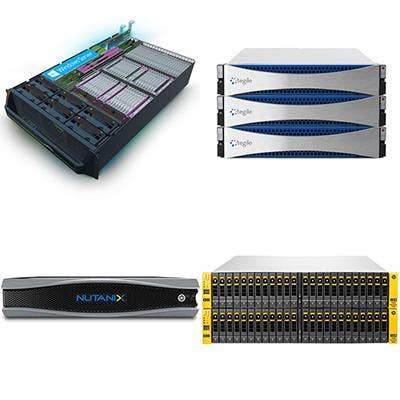
Moving The Bar On Flash Storage
While 2012 and 2013 were all about introducing a variety of flash storage hardware, 2014 was characterized by a gradual move to give flash storage the kind of maturity enjoyed by spinning disk storage, including adding utility pay-as-you-go pricing schemes and advanced enterprise storage software capabilities.
But vendors by no means ignored the hardware side. Whether it was all-flash arrays, solid state (SSD) drives, or even hyper-converged infrastructure solutions, the industry provided ever-more performance at ever-lower prices.
CRN has collected 10 interesting and unique ways storage vendors have applied flash technology. Sit back, secure your seatbelts, and turn the page for ways to get mind-boggling performance in the data center.
Be sure to check out the rest of CRN's 2014 product coverage.
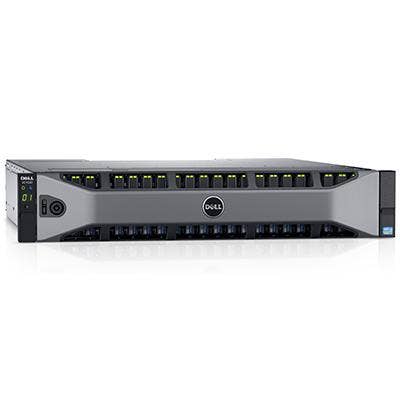
Dell Goes Low With $25,000 All-Flash Array
Dell in November unveiled a low-cost, entry-level \, all-flash version of its SC4020 storage array that brings down the cost of all-flash storage to $25,000, making what the company called the lowest-priced, entry-level, all-flash storage array from a major vendor.
The new all-flash version of its SC4020, the "Baby Compellent" array Dell unveiled in June, is street-priced starting at $25,000 with six 480-GB SSDs.
Dell was able to reach that low price-point through the new SC4020's read-intensive SSDs instead of optimizing the device for write-intensive operations.
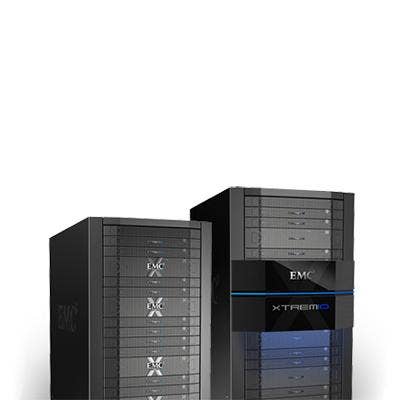
EMC Upgrades XtremIO, Generates Controversy
EMC in July offered a significant enhancement to its EMC XtremIO all-flash arrays. The new software upgrades provided such features as the ability to scale-out clusters to six dual-controller nodes, space-efficient writeable snapshots, inline compression, inline data at rest encryption, improved software support, and a new entry-level 5-TB configuration.
However, competitors slammed EMC for offering what was a disruptive upgrade that required new controllers, given that the XtremIO was released only late last year. EMC countered by saying that it was necessary to upgrade the controllers in order to bring in the advanced software features many competitors have yet to offer.
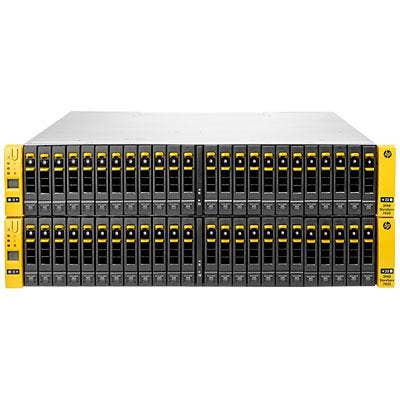
HP Intros All-flash 3PAR
Hewlett-Packard in June introduced the HP 3PAR StoreServ 7450, the company's first all-flash storage array optimized from the ground up specifically for flash technology.
The new HP 3PAR StoreServ 7450 was designed specifically with flash optimization in mind, featuring a new hardware-accelerated controller along with technology to optimize the latency, flushing and caching of the flash media to provide over 550,000 IOs per second with under 0.7-millisecond response time.
The 7450 also includes hardware-accelerated thin provisioning and de-duplication to cut capacity by up to 50 percent, and features a quad-controller architecture for disaster recovery and resiliency purposes. It supports data-at-rest encryption, snapshots, and rapid recovery in Microsoft Hyper-V environments.
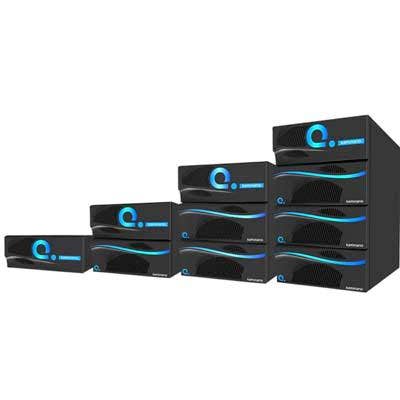
Kaminario: Enterprise-Class Software, Scale-Up For Flash Storage Arrays
All-flash storage array maker Kaminario in May gave its flash arrays an enterprise edge with new software for enterprise data services, as well as both scale-up and scale-out architectures.
The new software suite with the Kaminario K2 v5 increases storage efficiency with such capabilities as global selective in-line de-duplication, variable block de-duplication, in-line data compression, thin provisioning and snapshot-based replication.
It now also offers scale-up architecture, in which an individual node's flash storage capacity can be increased with the addition of extra SSDs. The Kaminario K2 originally was available only with scale-out capability, which added performance as well as capacity with additional nodes.
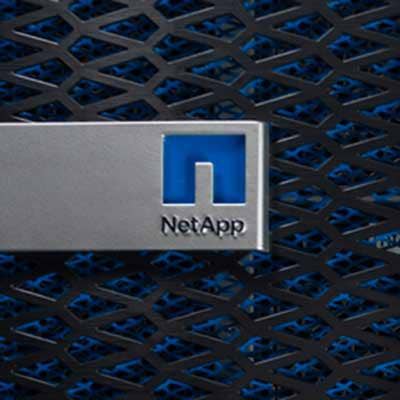
NetApp Finally Ships FlashRay
NetApp's new FlashRay all-flash array, which was finally delivered after nearly a year of delay, is the company's first to be designed specifically as an all-flash array. As such, it is the only one so designed by one of the major legacy storage vendors.
Available as a single 11-TB node with a single controller and 16-Gbps Fiber Channel connectivity, FlashRay features a latency of under 0.5 milliseconds. It also features always-on, in-line de-duplication and compression with variable-length block input, as well as always-on thin provisioning. It is initially available with low-cost consumer-grade flash memory, but other technologies are slated to be used as well.
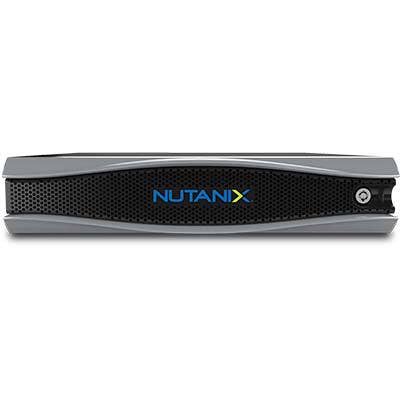
Nutanix Intros All-Flash Hyper-Converged Infrastructure
Nutanix, San Jose, Calif., in October introduced its NX-9000, a new hyper-converged infrastructure solution featuring an all-flash storage array built into the system.
The new NX-9000 features dual Intel E5-2690v2 processors, up to 512 GBs of memory, and six 800-GB or 1.6-TB SSDs, and is optimized using Nutanix’s scale-out compression and de-duplication technologies that leverage unused compute resources across all nodes in the cluster. It features scale-out storage to provide additional capacity with the addition of new nodes.
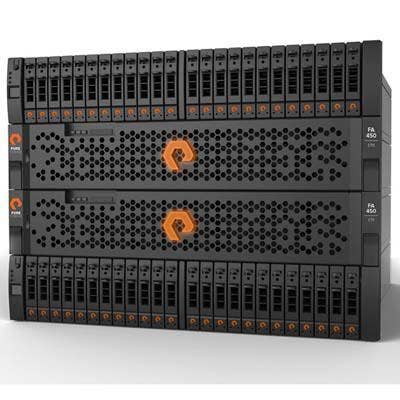
Pure Storage Adds OpenStack To All-flash Storage
Pure Storage, Mountain View, Calif., in October said it joined the OpenStack Foundation as a corporate sponsor and committer. The company also unveiled two new solutions for OpenStack-based private and public clouds. The first is an OpenStack Cinder Driver that integrates with Pure Storage's Purity Operating Environment (OE) for customers deploying cloud services on the OpenStack platform. The second is a Python Automation Toolkit that extends the out-of-the-box automation of its FlashArray family of products via Python scripts so that users can create advanced storage workflows beyond OpenStack’s Cinder Block Storage services.
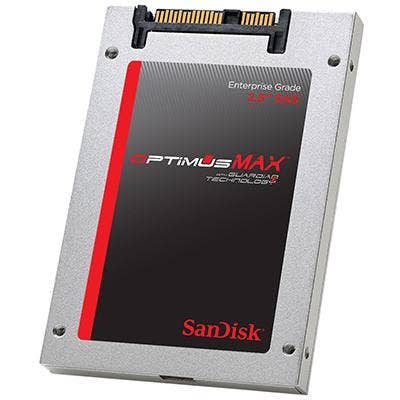
SanDisk Intros First 4-TB SSD
Milpitas, Calif.-based SanDisk in April unveiled its Optimus MAX SAS SSDs, which it characterized as the industry's first to feature 4 TBs of capacity. The Optimus MAX SSDs, with capacities exceeding that of today's 10,000-rpm and 15,000-rpm high-performance enterprise hard drives, is targeted at enterprise applications needing both high capacity and high performance.
The Optimus MAX SSDs include SanDisk's proprietary Guardian Technology Platform suite of tools that work together to provide a combination of error correction and detection technology, full data path protection, and data fail recovery from lower cost MLC flash.
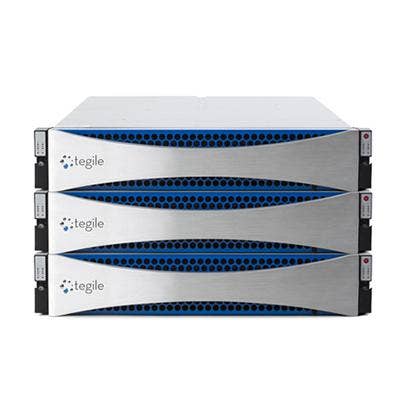
Tegile Intros New Cloud-like Pricing For SSDs
Newark, Calif.-based Tegile in April changed the way flash storage can be priced with the introduction of a utility pricing model that lets customers pay for only the capacity used at a cost of 5 cents per gigabyte per month
Under the utility pricing model, Tegile provides technology that acts like a meter to watch the amount of data stored, how much is loaded at what time, and the level of data reduction. This provides information that can be used to determine how much customers will pay in a particular month. Tegile Systems sells the array to Tegile Capital, which then handles the monthly invoicing of the end users.
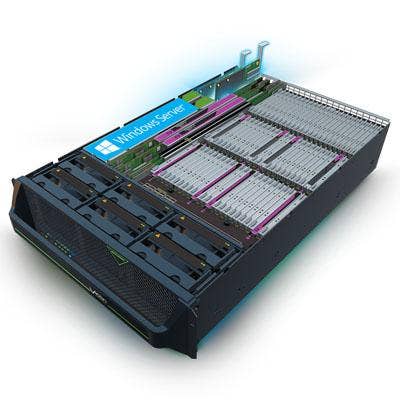
Violin Memory: Windows Storage Server-Based Flash Array
Violin Memory in April introduced what it called the first all-flash storage array embedded with Windows Storage Server 2012 R2.
The new Windows Flash Array, which was co-developed with Microsoft, targets customers with strong Windows-based storage experience who want to use their existing Windows tools and skill sets to manage their flash storage arrays, including in Windows clustered environments.
The Violin Memory Windows Flash Array uses SMB (server message block) Direct, which enables the array to directly load data into the application server's memory to increase application performance. It also uses RDMA (remote direct memory access) to increase bandwidth and provide high-speed file performance in NAS environments, Violin said.